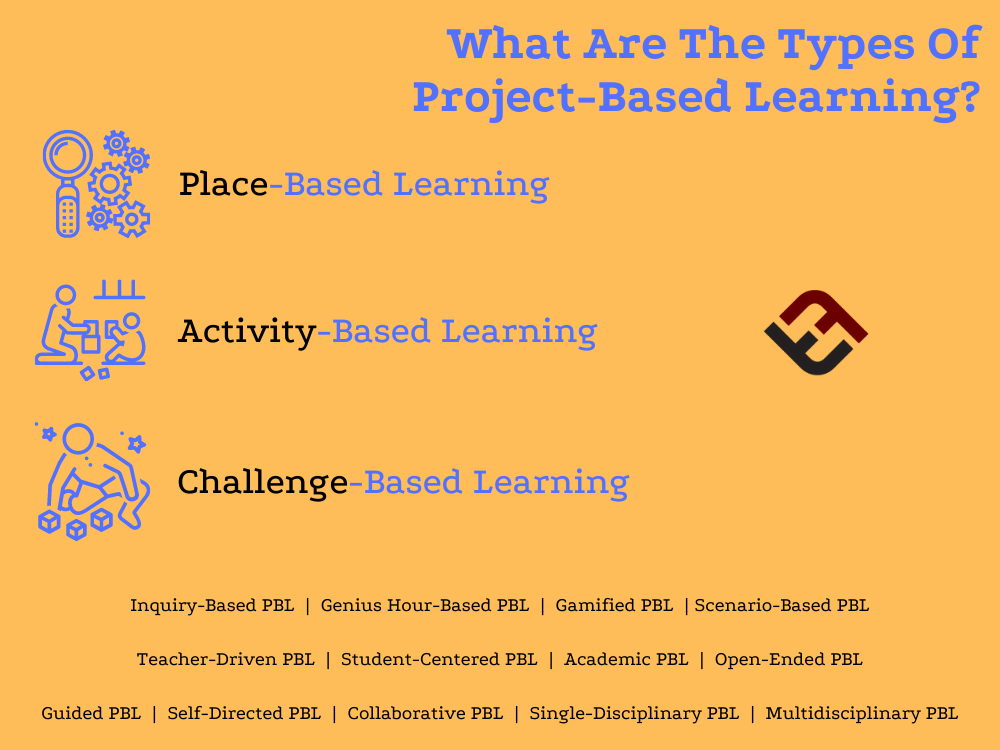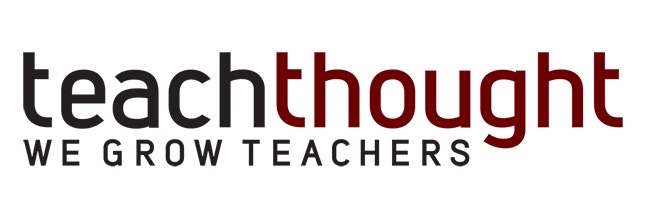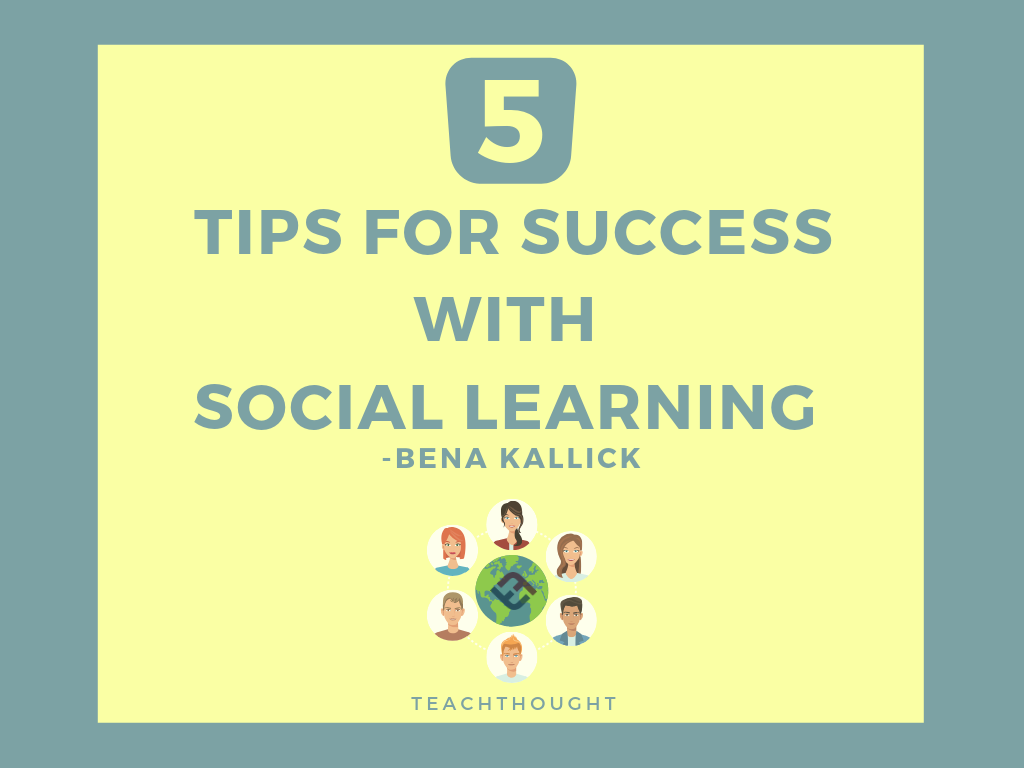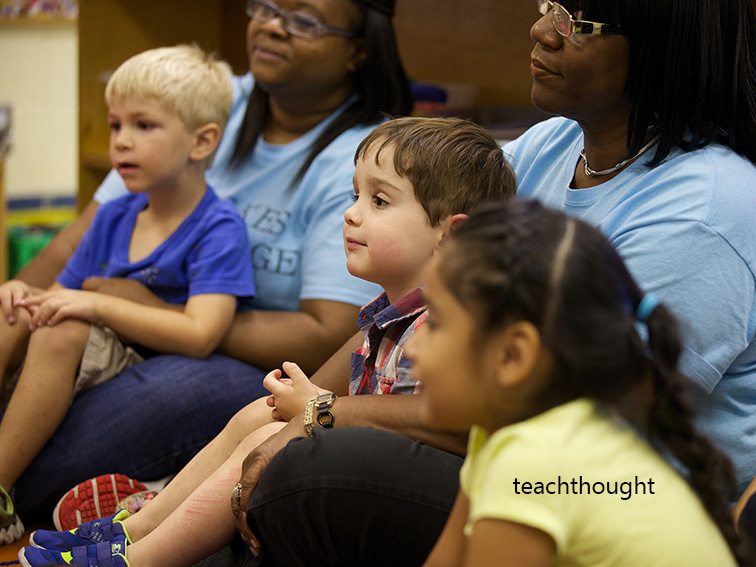
20 Different Types Of PBL Show Its Flexibility As A Learning Model
by教导Staff
Project-Based Learning is an increasingly popular trend in the 21st century.
这种受欢迎程度的最佳证据可能是它的细微差别。Project-Based Learninghas gone from an academic study that yields end-of-unit projects, to highly complex methods of creating and publishing student thinking. It is more closely associated with 21st-century learning skills than perhaps any other form of learning, and new technology in the classroom is improving its potential exponentially.
基于项目的学习的定义
What is Project-Based Learning?
Broadly speaking, Project-Based Learning is simply a method of structuring curriculum around projects. These projects highlight the process of learning itself by offering authentic, inquiry-based activities for learners to access content, share ideas, and revisit their own thinking.
有一个difference between projects and project-based learning,主要是基于项目的学习是关于过程的,而项目是关于最终产品的。基于项目的学习通常要求学生不仅需要收集资源,组织工作和管理长期活动,还需要与真实受众和支持性同伴团体进行协作,设计,修改和分享他们的想法和经验。
This can come in many shapes and sizes, so technically there isn’t a certain ‘number’ of types of PBL. However, let’s take a quick look at a few possible examples–mainly to clarify the ability of Project-Based Learning to accommodate other models and approaches inside and outside of the classroom.
基于项目的学习类型
1.基于挑战的学习的定义
One type of Project-Based Learning is Challenge-Based Learning–the learning driven by the identification and mitigation of authentic challenges and problems native to students and their communities. In that way, it is a multidisciplinary approach to learning.
本质上是一种基于问题的学习由苹果更名in the early 2000s in that both have to find solutions to problems over a period of time as their structure.
2.基于地方教育的定义
基于地点的教育是一种将学生嵌入其“地点”(即地理和社会文化空间)的学习方法。Promistofplace.org说,其中包括“当地的遗产,文化,景观,机会和经验;将这些用作研究课程中语言艺术,数学,社会研究,科学和其他学科的研究的基础,并通过参与当地学校和/或社区的服务项目来强调学习。”
从技术上讲,人们可以通过基于地方的教育学习,而根本不做项目,但是在亲密社区中执行真实工作的想法无疑将自己巧妙地适合基于项目的学习。
3. The Definition Of Activity-Based Learning
基于活动的学习采用了一种建构主义的方法,这个想法是学生通过动手活动来构建自己的含义,通常是通过操纵和实验机会来构建自己的含义。ABL也可以与其他模型相关联,包括Competency-Based Learning和制造商学习。
其他学习理论嵌入了基于项目的学习中
无论基于项目的学习类型如何,您都可能会注意到建构主义的不断存在,这是学习者不断创造自己的含义的理论。但是建构主义并不是基于项目的学习独有的。然而,建构主义有点接近。伯爵(Piaget)的学生西摩·佩珀(Seymour Papert)开发了该理论,他解释了差异。
“建筑主义 - 与v单词相对的n词 - 建筑主义将学习作为“建立知识结构”的含义,而与学习的环境无关。然后,它补充说,在学习者有意识地参与建造公共实体的情况下,无论是海滩上的沙堡还是宇宙理论。”
An important shift then is the movement from the private to the public, a key piece of Project-Based Learning.
Situated Learning, a learning theory posited by Jean Lave, proposes that “learning is unintentional and situated within an authentic activity, context, and culture.” It is a kind of merging of behaviorist and cognitive theories of learning, and also is inherent in many forms of Project-Based Learning, and itself is related to connectivism and communal constructivism.
Game-Based Learning can also be used within Project-Based Learning, but like constructionism, is not entirely unique to Project-Based Learning.
其他类型的基于项目的学习
There are other types of learning that could qualify as a ‘type’ of PBL if the learning is driven through the ideation and execution of a project–usually through inquiry, design, collaboration, and iteration over time. It might even be considered misleading, confusing, or even ‘inaccurate’ to consider something like ‘Academic PBL’ or ‘Teacher-Centered PBL’ but the point is to clarify and emphasize the key elements of PBL, and then consider some different approaches–some likely a better fit than others for your classroom.
一些例子:
基于查询的PBL:PBL的重点是查询
基于天才小时的PBL:由学生的特定兴趣,激情和礼物驱动的PBL体验
游戏化PBL:具有游戏化元素的PBL - 级别,点,徽章,挑战等。
基于方案的PBL:围绕特定方案 - 历史,创意,环境等设计的PBL。
教师驱动的PBL:PBL由老师控制的比学生更多
以学生为中心的PBL:PBL具有与其他因素相比,诸如可用技术,时间和时间等其他因素的元素和流程。
Authentic PBL: PBL based on concepts authentic to the student
Tangible PBL: hands-on PBL with physical artifacts
Digital PBL: PBL that is mostly/entirely digital
学术PBL:PBL的重点是掌握学术标准
Open-Ended PBL: PBL where a project may not solve a specific problem and may not be completed within the given timeframe of the classroom schedule and may have a purpose vaguer than that of other forms of project-based learning
Guided PBL: PBL characterized by the support of students by teachers, families, experts, or others
自我指导的PBL:引导PBL的对立面
协作PBL:PBL的重点是协作:学生对学生,学生到专家等。
Single-Disciplinary PBL: PBL where the majority of the work is done within a single content area
Multidisciplinary PBL: PBL intentionally designed to incorporate multiple disciplines and content areas
Maker Learning PBL:强调“修补”,“制作”,实验和机智的PBL,以“制作”“事物”
基于项目的学习如何改变
通过项目学习听起来并不是特别革命性的,实际上不是。
Other trends in education far surpass the pomp and circumstance of Project-Based Learning, but that’s missing the point: Project-Based Learning is a flexible method of anchoring curriculum around authentic projects that can then support so many other promising trends in learning, from Game-Based Learning and Blended Learning, to gamification and the Flipped Classroom.
您不必选择和选择工具 - 认知学习理论中的最佳实践自然嵌入了此过程中,并且最新的数字工具和技术始终是一种自然的契合度。随着教室和家里的技术的进步,基于项目的学习的样子将继续发展,这也许是最好的新闻。
With improved ‘PBL literacy,’ better access for teachers toprofessional development for project-based learning, and improving technology, PBL will likely continue to become more personalized with more opportunities for collaboration outside of the classroom. It will also be more natural for teachers and students to curate artifacts from the learning process, as well as documenting academic progress through the ‘doing’ of the projects.
图像归因GammarayProductions和Vancouverfilmschool


